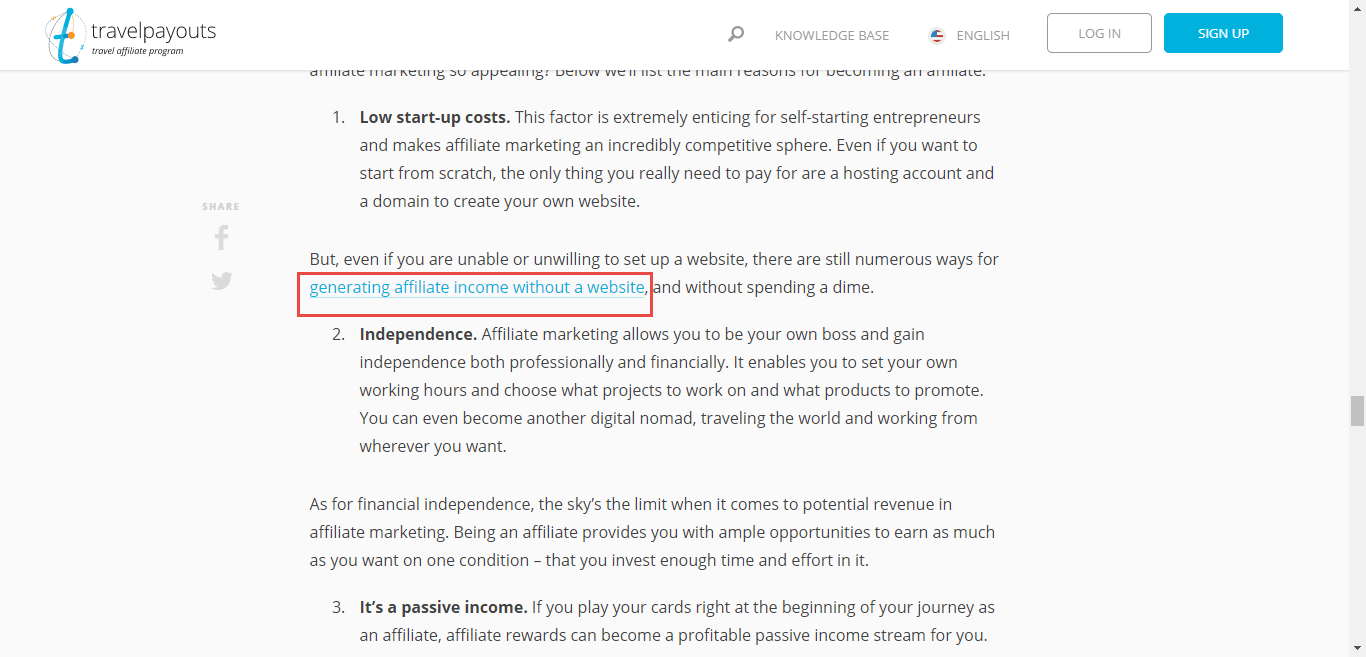The minimum amount of articles you should write on a website
When you start building a niche website, the first question is “how many articles should I write to get my website off the ground?” However, there is no golden rule as far as the number of articles. It depends on your business objectives and the type of website you have.
The key thing is to have a sufficient number of articles to provide your target audience with all the necessary information. As a rule, you’ll need no less than 30 articles to start driving traffic to your website and generating revenue through it.
How can I optimize blog posts with keywords
Relevant keywords can work miracles for driving a huge amount of traffic to your website and improving your SEO ranking. That is why the first step in creating a piece of content should be keyword research. There are myriads of tools and platforms you can leverage to make the process hassle-free, such as Semrush, Keysearch or the Google Adwords Keyword Tool.
Once you’ve found the keywords you want to target, it’s time to insert them in your text. It’s vital to balance keyword distribution in your content. These are the key places you should incorporate keywords into:
- The title of your text
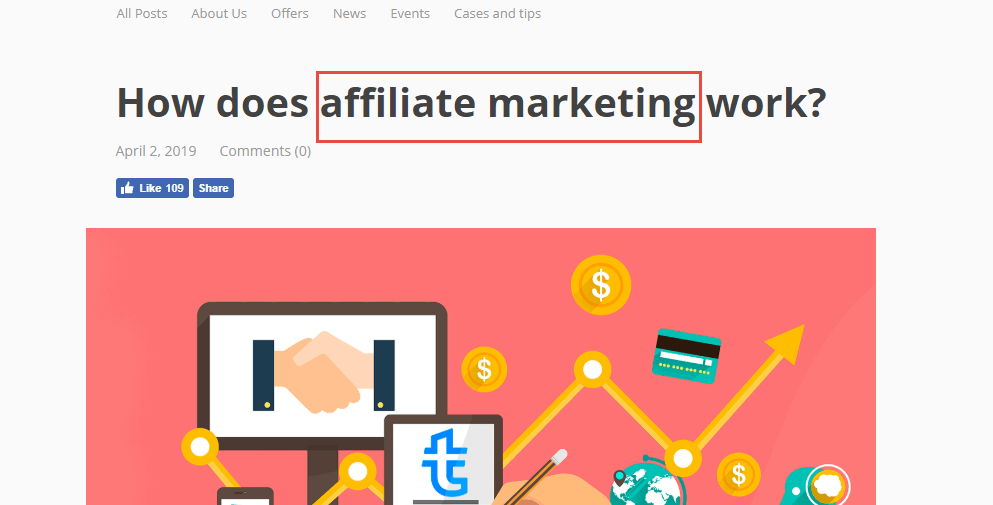
- Headings/subheadings
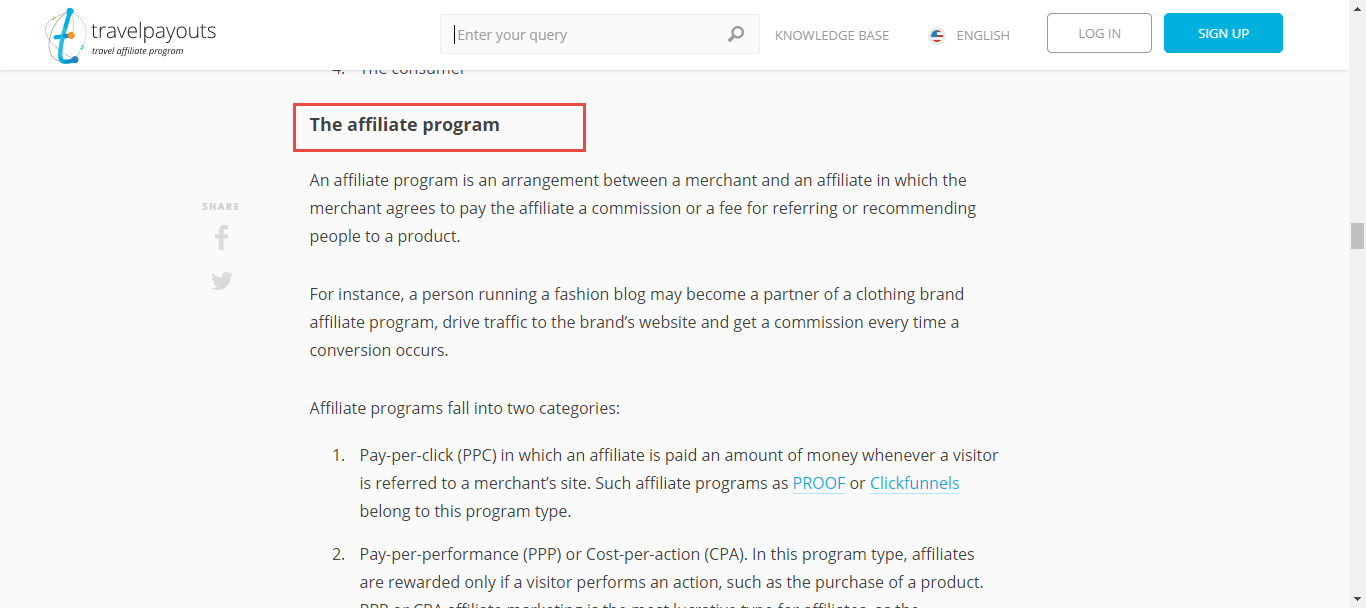
- The body of your content
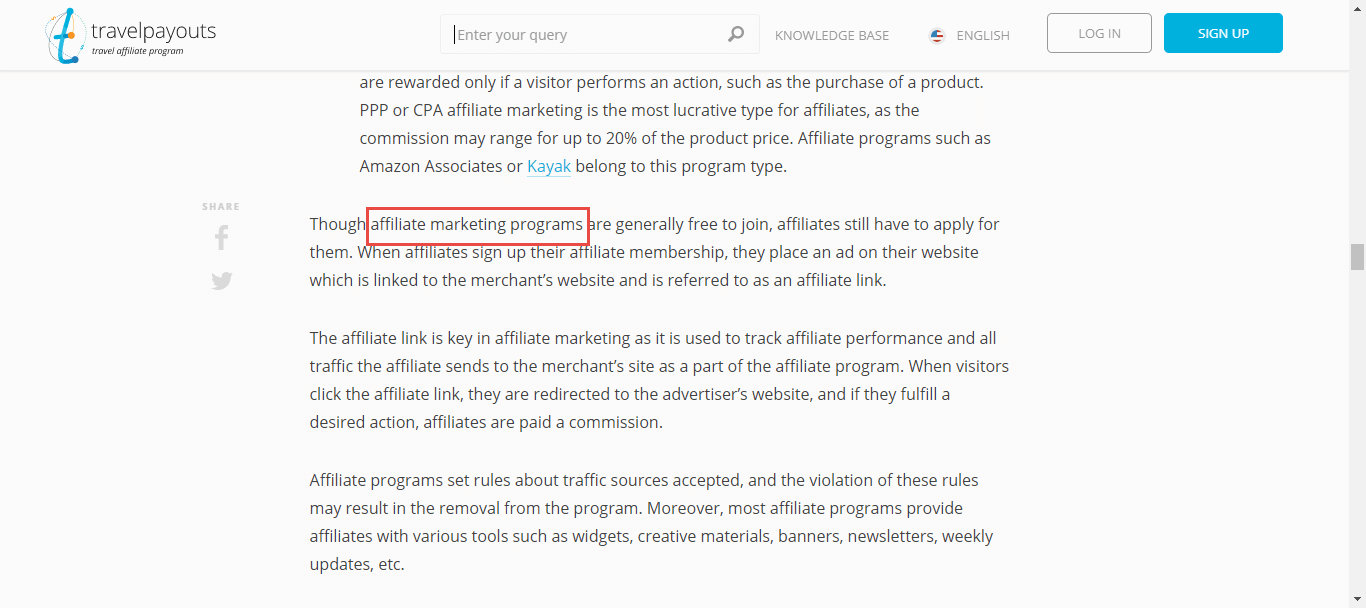
- The names of image files

- Title tags and meta descriptions
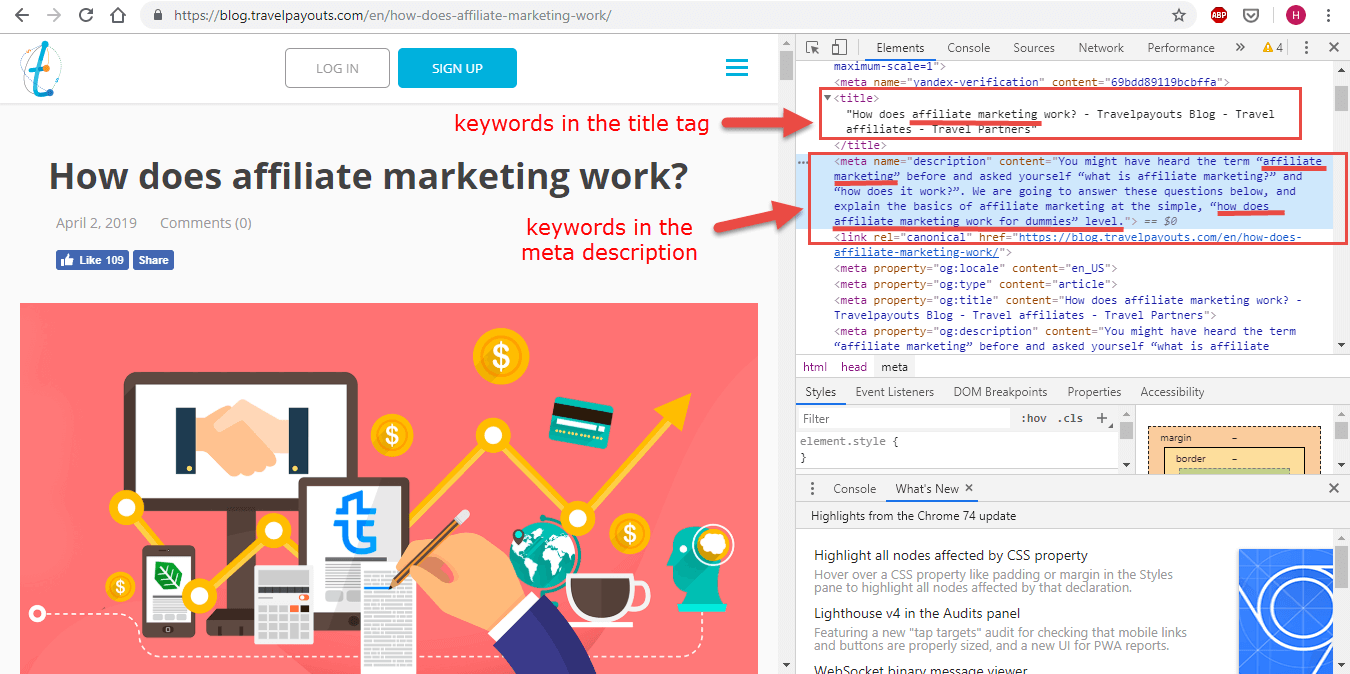
However, the most vital thing when inserting keywords into your content is to not get too carried away and overdo it. There are two main reasons for using keywords thoughtfully and sparingly, without exceeding the 2% keyword density. First, search engines frown upon over-optimized texts, and second, your prime aim should be to make your text an enjoyable reading experience for your audience. Also, you should do your best to integrate keywords seamlessly and organically into the text as to not distort its meaning.
How can I build internal links
Though internal linking is usually underestimated and given little credit, it is one of the most powerful SEO tools at your disposal. The term “internal linking” means that a page on a website is linked to another page on the same website. Why is linking pages on your website so important for SEO? The process of searching for new pages on Google is called crawling, and new pages can only be discovered if a search engine follows links from a known page or a website map to a new page.
So, when you have a number of articles on related topics on your website, you should link them together to boost your SEO. Adding a link to your content involves the following steps:
- Highlight a relevant text you want to add a link to
- Click the INSERT LINK button in the toolbar
- Enter the URL of the webpage you want visitors to go to
- Click on INSERT
- Click on SAVE
- Preview your webpage to test the link
How long should articles be
Though the quality of content is its most crucial feature, the optimal content length is another widely discussed problem among specialists in various digital writing niches. As a rule, long-form articles are ranked significantly higher than short ones as they are more likely to provide comprehensive and valuable information to readers and, as a result, to be shared. However, you should take into consideration that the attention span of the audience is getting shorter with every year, so structuring your content well to keep their attention is crucial.
How should I mark up blog posts
To make your content readable and gripping, it’s vital to structure and format it perfectly. What are the features of a good post?
- It consists of an introduction, body and conclusion. They say that you never get a second chance to make a first impression. That is why you shouldn’t overlook the importance of a sound introduction. A compelling introduction is a powerful tool for hooking readers immediately and making them keep reading. As for conclusions, they are also extremely powerful for enticing readers to fulfill an action or engage with your brand.
- It contains headings and subheading so that readers can scan the text. Every new section should have a subhead to help readers find the information they are looking for.
- It has short paragraphs to help the reader digest information quicker.
- It contains bulleted and numbered lists. Lists are beneficial for your content as they are easy to write and make the scanning easier. Besides, they come in handy for attracting and keeping the reader’s attention and providing information in a compressed and very precise manner.
- It uses bold for highlighting the key points of your content.
- It leverages relevant graphics and images to break up the text and support verbal information.
- It contains captions to the photos and graphics to explain information represented in them.
Writing content that works
Content is king of modern marketing and, if harnessed properly, it can skyrocket the performance of your business. However, to make content a powerful tool, you should prioritize users rather than search engines and center your content strategy on them.
Above, we’ve enumerated the main aspects of creating an SEO-optimized content. But, what are the main features of user-friendly content? Such content should fulfill the following criteria:
- It’s informative. Your content should provide additional value to your audience, not just incentivize sales. Think of the pain points of your visitors and create content that provides viable solutions to them.
- It relates to your audience. You should understand and analyze your target audience and speak their language because it’s essential for gaining an audience foothold.
- It’s engaging. Produce original and creative content that can hook your readers and keep their attention.
Rules and tips for creating gripping content
Below, we are going to list the main rules and tips on how to create engaging content that won’t let your visitors off the hook.
- Create top-quality content. It’s vital to maintain a high standard of quality, as even the slightest grammar or spelling mistakes can alienate your visitors and increase the bounce rate.
- Develop an effective content strategy which aligns to your business goals. This is essential for creating consistent and cohesive content which will help you achieve your business objectives.
- Cut the clutter. Make sure your writing is concise and on point.
- Create attention-grabbing titles and headlines. Catchy titles and headlines intrigue readers and attract their interest, and as a result, your post gets plenty of clicks.
- Balance textual and visual content. The human brain craves visuals, and visualizing your content is a perfect strategy for retaining visitor’s attention.
- Be consistent. Consistency both in quality and in publishing is the key to building your brand’s credibility and hitting all the possible touchpoints with your audience.
- Share a story. Interesting stories help to grab and keep readers’ attention.
- Include a strong call-to-action to convince people to act.
How to write content that drives affiliate sales
We’ve already mentioned that content is the most powerful tool for boosting affiliate sales if you play your cards right. That is why it’s extremely important to know how to write engaging affiliate content that will resonate with, and convert, your audience.
By and large, the rules of content creation for affiliate marketing don’t differ greatly from the basic content writing rules. Your affiliate content should also be relevant, informative and creative, top-quality and perfectly structured. However, there are some peculiarities you should keep in mind when producing content for your affiliate website. If you use the content as your main affiliate marketing tool, you are likely to insert affiliate links into it to drive affiliate sales. Some content types work better for affiliate marketing than others, for example:
- Product reviews, which are the most obvious go-to option when it comes to promoting affiliate products. All you have to do is write an honest opinion based on your experience and describe the product or service. For instance, DarlingEscapes, a blog which aims at inspiring women to travel more, features a regular column of hotel reviews.
- Product/service comparisons. Comparison posts give information about multiple products at a time, comparing products against each other. For example, Ron Robbins, the founder of the Active Planet Travels adventure travel site, provides the comparison of top 4 affordable ultralight tents embedding Amazon affiliate links into product descriptions.
- How-to articles are mutually beneficial both for you as an affiliate and for readers because they both help you establish a connection with your audience and solve some of their problems. The Travelpayouts blog features a series of how-to posts offering readers hands-on tips and valuable information on various pressing topics.
- Free guides are appealing because they provide priceless practical information. For example, 10 easy steps to create a website is the Travelpayouts free guide that teaches novice webmasters how to build a website from scratch and monetize it.
- Seasonal content covers seasonal trends related to your niche. Though such content type is usually relevant only for a short period of time, it can attract an influx of visitors and boost your affiliate performance.
- Link roundups are priceless for two reasons. They can get you tons of valuable traffic and prove to be extremely useful for your audience. They save them the time and effort it would take to look for products or services themselves. On the Travelpayouts blog, we do our best to study tons of information and provide readers with comprehensive lists of services and tools to leverage to increase your affiliate rewards. For instance, we’ve drawn up the list of the best PPC networks where to buy mobile traffic and the best proven online money-making courses that work.
How to insert ads within your post content
Though you may be tempted to insert as many affiliate links and ads into your content as possible to boost the income, you should be very careful. We’ve created a list of the most important rules you should remember about integrating ads into your content.
Dos
- Make sure you place affiliate links naturally within your content and hyperlink text instead of copying the link
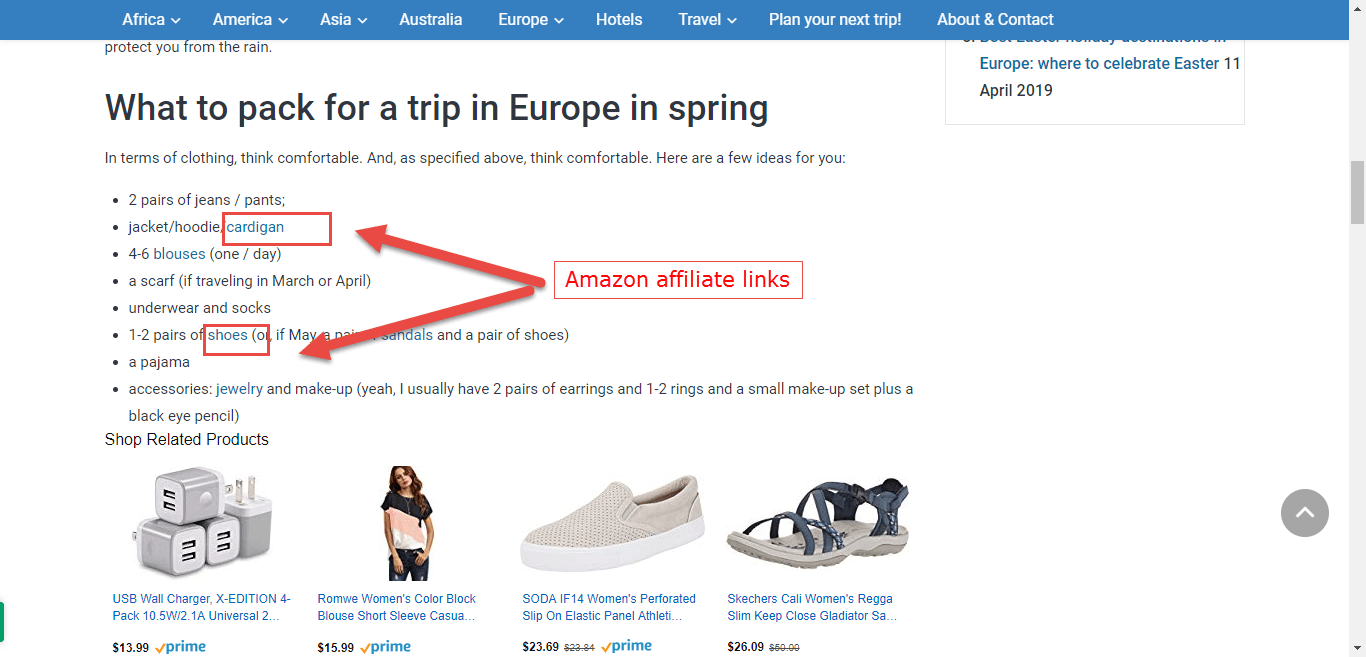
- Don’t stuff your post with affiliate links or banner ads
- Place banners at the side column of a webpage
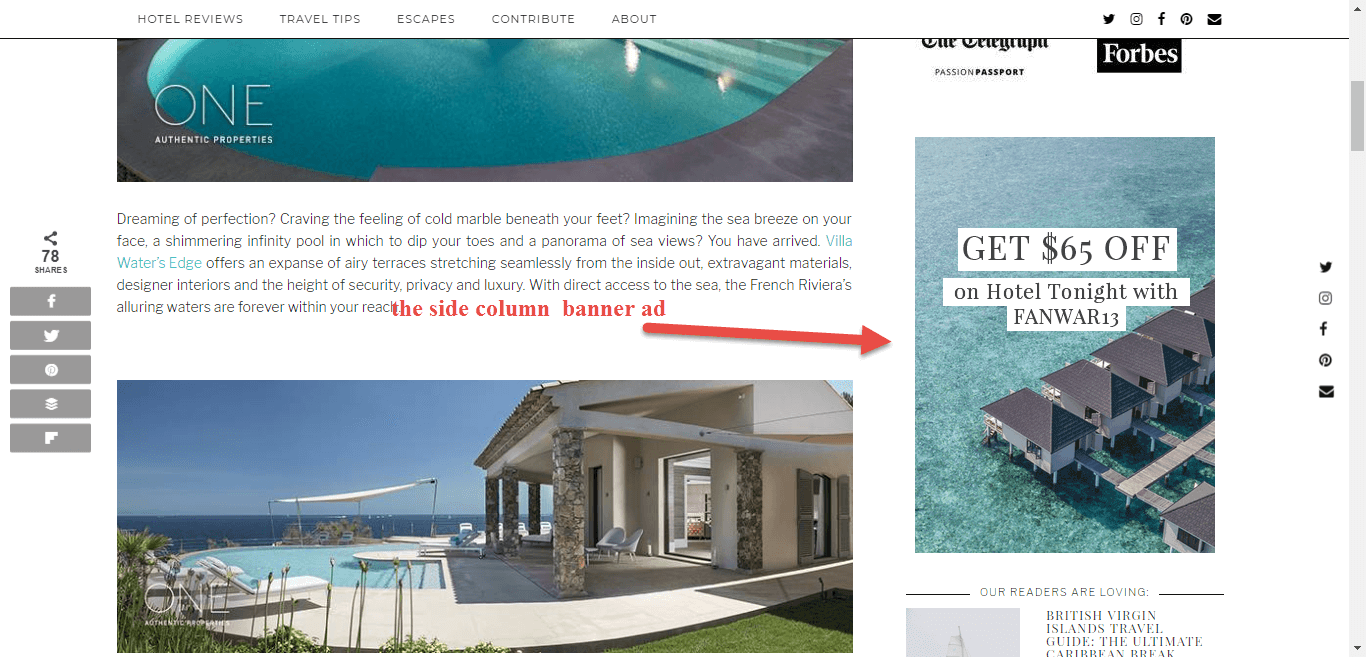
- Place only those ads that are relevant to your niche
- Embed mobile responsive ads
- Add a disclaimer about using affiliate links
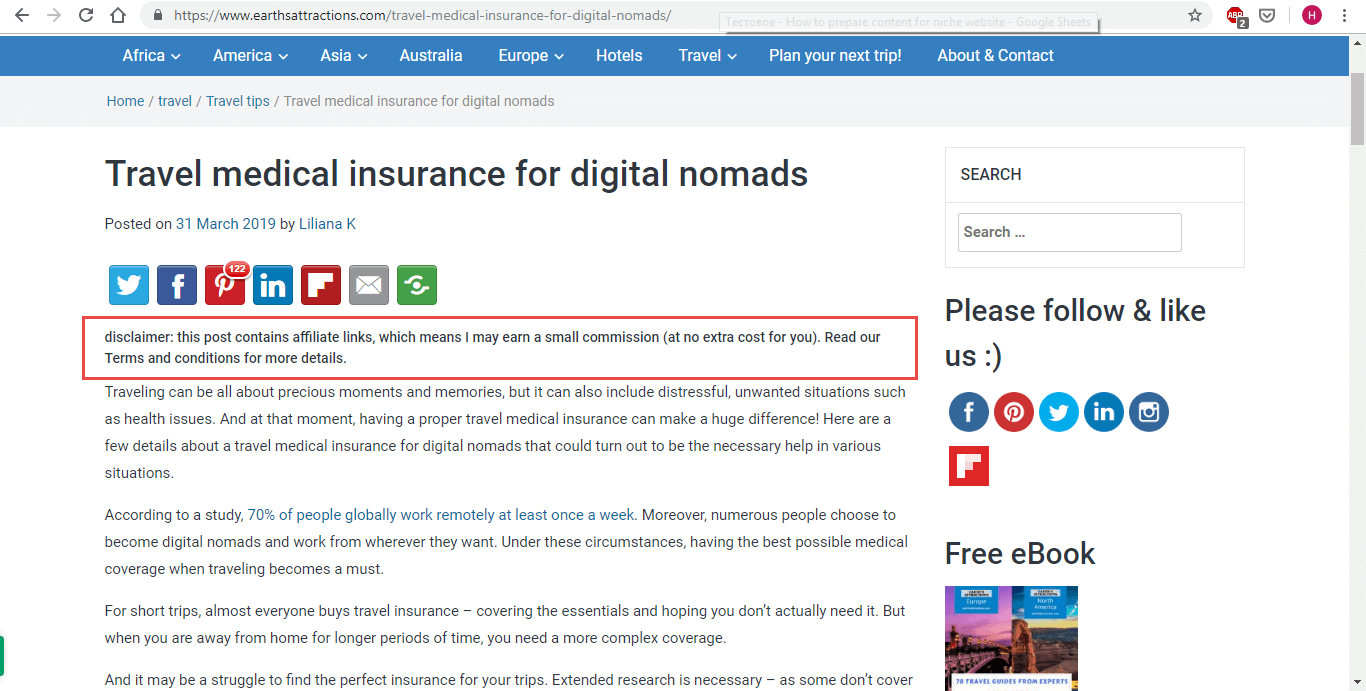
Don’ts
- Don’t use affiliate links without any tracking software like Clickmagick. If you overlook tracking, you won’t be able to analyze which types of traffic convert better and lose out on a chance to increase your revenue.
- Don’t let ads interfere with your content.
- Don’t group ads, as this can scare your readers off.
Can I translate content
Optimizing for different languages is a great way to increase the foreign traffic influx you are currently missing out on. For this, you can leverage a great number of useful tools such as Google Translate, Bablic, Smartling, etc. However, when translating your content, pay attention to some aspects which are often neglected. They are:
- The cultural specifications of each location
- Optimizing your translated website for SEO
- Choosing culturally appropriate visuals
- Providing examples and jokes which can be understood by the target audience you are translating for
Visual formatting
We’ve already mentioned that eye-catching visuals are crucial for content marketing as they resonate with your audience better and can take your content marketing campaign to the next level. That is why it is important to pay special attention to the visual aspect and implement infographics, screenshots, memes, images, cartoons, graphs and charts, and videos.
Where can I find visuals
A question which may be tantalizing for you is “where can I find top-quality visuals to use in my content marketing?” Fortunately, the internet abounds in free and paid stock image platforms you can download visuals from.
The best free websites for free stock photos include Pexels, Flickr, Negative Space and numerous others. As for the paid stock image platforms, the best ones are iStock, Stock Unlimited, Storyblocks and more. This article covers other valuable tools to get your travel website or any other niche website off the ground.
Apart from image stocks, there are various platforms such as Piktochart or Infogram which can help you create infographics, maps and other graphics with the help of ready-made colorful templates. Also, there are myriads of useful font tools for creating a perfect font combination for your content, such as Type Genius, Google fonts, etc.
Legal aspects of buying visuals
If you buy an image on one of the stock platforms, it’s vital to pay attention to the licensing terms a website offers. When you download an image for commercial use, a license is a legal requirement. Most image stock services provide a standard license when you download a photo. As a rule, the license allows you to use the downloaded file for any personal, business or commercial purposes that are not restricted by the license.
The restricted uses usually include using content in a logo or trademark, redistributing it as a standalone file, or using it in connection with any products for resale or distribution, such as stationery, apparel items, cards, etc. For these and other purposes, you usually have to buy an extended license. Also, there are some other license types available. That is why when downloading a file, make sure you read the content license agreement thoroughly to find out about restricted and prohibited uses and heed all regulations as to avoid legal trouble.
How to optimize visuals
As your content imagery is one of the cornerstones of your business success, pay attention to the way it is optimized. Image optimization involves reducing the size of your image files without sacrificing their quality. For this, you can leverage such online editing tools as Picmonkey or PIXLR.
Also, make sure your images are unique. Though usually, it’s impossible to have custom photos or illustrations on your website all the time, there are some ways you can make your stock pictures unique. For example, turn color photos into black-and-white ones, add a vintage filter, crop and zoom in a detail that is relevant to your message, combine images and more.
How many images do I need for one post
There is no straightforward answer to this question. Though visuals are definitely beneficial for your content, you shouldn’t get too carried away and overload your post with photos and graphics. You should take the middle ground and use as many images as your content can justify.
Remember that the main purpose of visuals is to back up the ideas you write about and help get your message across to your audience. So, do your best to use visuals in relevant and meaningful ways.
When will I see a traffic spike
Once you’ve finished writing niche content for your website, you may be eager to welcome an immediate boost in traffic. However, it doesn’t work this way. As a rule, it takes at least two to six months for a new website to get traction in search engines and start ranking in Google. This period is often referred to as “Google Sandbox,” and it aims at filtering out brand-new spam sites from established sites with top-quality content.
However, it doesn’t mean that you should forget about SEO optimization and just wait half a year for traffic to come. It’s vital to be consistent and stick with your marketing and SEO strategy before and after your website starts getting traffic.
Nevertheless, if your niche website fails to get steady traffic after the sandbox period is over, you have to start looking for the root of the problem. The potential causes of low traffic are as follows:
- Poor content quality
- Targeting high-competition keywords
- The slow load speed of your website
- A faulty SEO strategy, and more.
To find out where the problem lies and tackle it, implement analytics or hire an expert to perform an SEO audit of your website.
How to prepare content for a niche website
As you can see, writing content for a website that can engage your visitors is not a piece of cake. However, do your best to follow all the rules and tips we’ve shared with you, be consistent and invest a lot of time and effort into creating state-of-the-art content for your niche website. Eventually, it will pay off tenfold, and your digital business will skyrocket and bring you considerable revenue growth.


